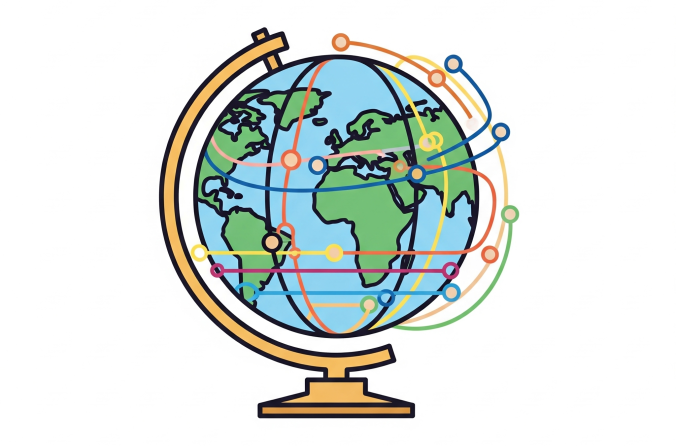Global Migration: A Complex Challenge
Overview of Global Migration
Global migration is a multifaceted phenomenon affecting approximately 184 million people, or 2.3% of the world’s population, who live outside their country of citizenship (World Bank, 2023). Driven by factors such as climate change, economic disparities, poor governance, political dynamics, and information biases, migration presents both challenges and opportunities for countries worldwide.
Key Drivers of Migration
These drivers create complex challenges, from rising sea levels and extreme weather events displacing millions to economic imbalances and political manipulation forcing people to seek better lives elsewhere.
32.6M
Internal displacements due to disasters in 2022
$647B
Remittances sent by migrants in 2022
143M
Projected climate migrants by 2050
Impacts of Migration
Migration contributes significantly to global GDP and labor-force growth, with remittances playing a vital role in economies. However, migrants often face exploitation, xenophobia, and inadequate access to services, highlighting the need for better integration policies. The World Bank’s "Match and Motive Matrix" emphasizes aligning migrants’ skills with destination countries’ needs to maximize benefits.
Towards a Holistic Approach
Addressing global migration requires tackling root causes like climate change, governance issues, and economic disparities. International cooperation is essential to create humane, organized migration systems that protect migrant rights and maximize development impacts. Policies should be adaptable, inclusive, and strategic, ensuring the voices of migrants are heard.

